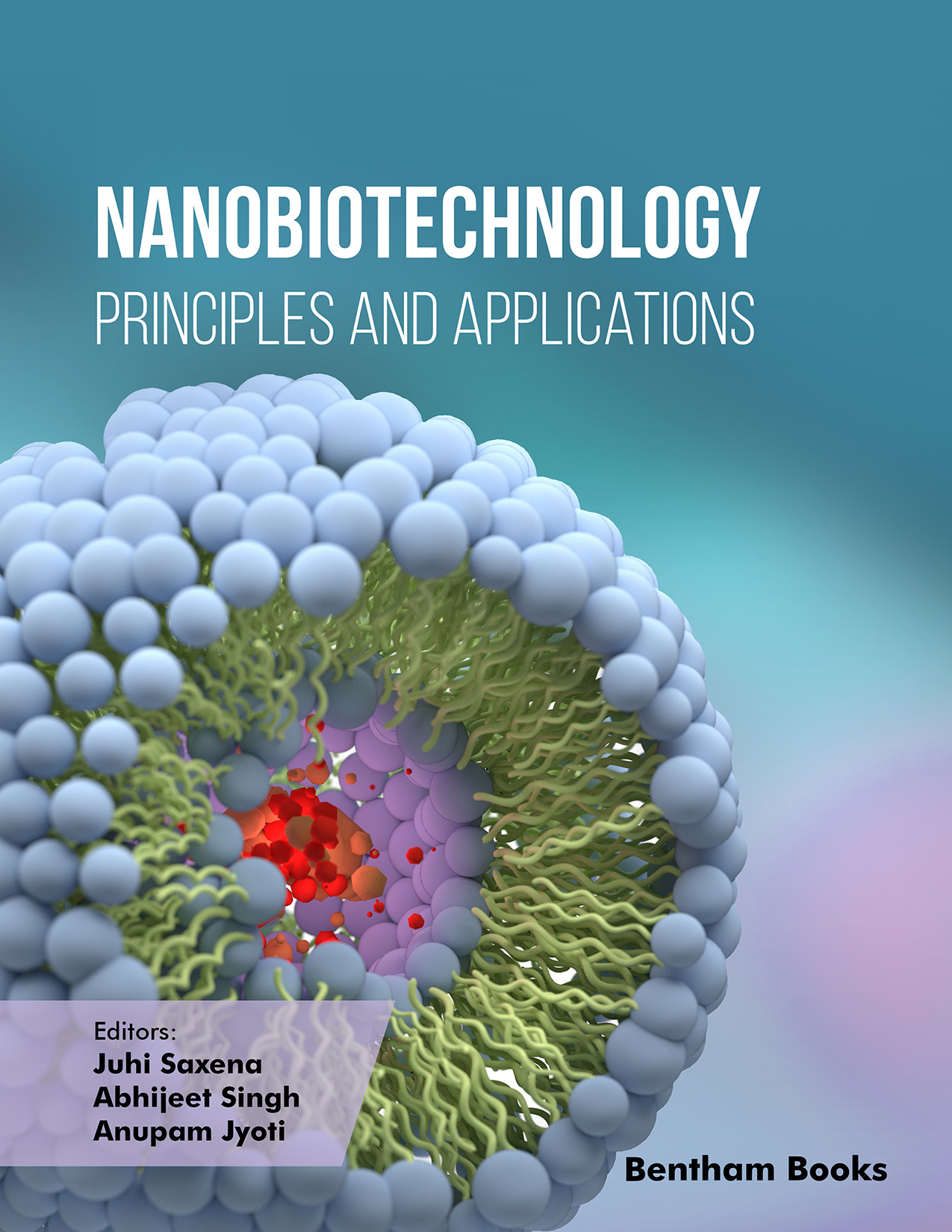Introduction
Nanobiotechnology is the application of nanotechnology in biological fields.
Nanobiotechnology is a multidisciplinary field that currently engages researchers in
conventional as well as advanced avenues of engineering and natural sciences.The
recent developments in nanobiotechnology have impacted various socio-economic
sectors, including medical, agriculture, food, textile, and other industries.
Although the integration of nanomaterials with biology has led to the development of
diagnostic devices, contrast agents, analytical tools, therapy, and drug-delivery
vehicles, bionanotechnology research is still in its infancy. The full potential of
developments in this field have yet to be realized.
This book discusses various nano-engineered materials or nanocarriers that are used
in different situations. It presents 8 chapters that cover the application of
nanobiomaterials in environmental remediation, nanofertilisers, nanobiotics against
antimicrobial resistance, nanobiosensors in pathogen detection, and nanotoxicity
assessments. Each chapter is structured into easy-to-read sections that explain
fundamental and applied concepts of nanobiomaterials. Readers will gain a current
view of the biotechnological application of modern nanomaterials and nanoparticles.
The book is intended to be a primer for students and researchers in agriculture,
biotechnology, and biomedical engineering courses.
Audience:
Undergraduate and graduate students of nanobiotechnology and biomedical engineering.

